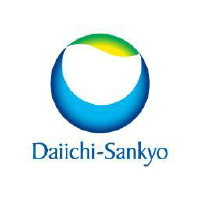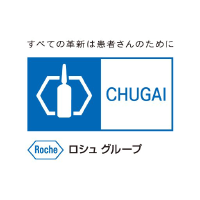Company Analysis Terumo Corporation
1. Summary
Advantages
- The stock's return over the last year (26.13%) is higher than the sector average (-0.3484%).
- Current debt level 12.66% is below 100% and has decreased over 5 years from 20.09%.
- The company's current efficiency (ROE=8.73%) is higher than the sector average (ROE=-9.19%)
Disadvantages
- Price (2992 ¥) is higher than fair price (753.6 ¥)
- Dividends (1.24%) are below the sector average (2.66%).
Similar companies
2. Share price and performance
2.1. Share price
2.2. News
2.3. Market efficiency
| Terumo Corporation | Healthcare | Index | |
|---|---|---|---|
| 7 days | 6.3% | 2.5% | -2.6% |
| 90 days | 7.8% | -0% | 0.1% |
| 1 year | 26.1% | -0.3% | 7% |
4543 vs Sector: Terumo Corporation has outperformed the "Healthcare" sector by 26.48% over the past year.
4543 vs Market: Terumo Corporation has outperformed the market by 19.16% over the past year.
Stable price: 4543 is not significantly more volatile than the rest of the market on "Tokyo Stock Exchange" over the last 3 months, with typical variations of +/- 5% per week.
Long period: 4543 with weekly volatility of 0.5025% over the past year.
3. Summary of the report
4. Fundamental Analysis
4.1. Stock price and price forecast
Above fair price: The current price (2992 ¥) is higher than the fair price (753.6 ¥).
Price is higher than fair: The current price (2992 ¥) is 74.8% higher than the fair price.
4.2. P/E
P/E vs Sector: The company's P/E (38.89) is lower than that of the sector as a whole (110.66).
P/E vs Market: The company's P/E (38.89) is lower than that of the market as a whole (121.1).
4.2.1 P/E Similar companies
4.3. P/BV
P/BV vs Sector: The company's P/BV (3.12) is lower than that of the sector as a whole (70.3).
P/BV vs Market: The company's P/BV (3.12) is lower than that of the market as a whole (88.19).
4.3.1 P/BV Similar companies
4.4. P/S
P/S vs Sector: The company's P/S indicator (4.49) is lower than that of the sector as a whole (75.01).
P/S vs Market: The company's P/S indicator (4.49) is lower than that of the market as a whole (88.15).
4.4.1 P/S Similar companies
4.5. EV/Ebitda
EV/Ebitda vs Sector: The company's EV/Ebitda (18.96) is higher than that of the sector as a whole (18.65).
EV/Ebitda vs Market: The company's EV/Ebitda (18.96) is lower than that of the market as a whole (94.73).
5. Profitability
5.1. Profitability and revenue
5.2. Earnings per share - EPS
5.3. Past profitability Net Income
Yield Trend: Rising and has grown by 4.97% over the last 5 years.
Earnings Slowdown: The last year's return (0%) is below the 5-year average return (4.97%).
Profitability vs Sector: The return for the last year (0%) is lower than the return for the sector (3.56%).
5.4. ROE
ROE vs Sector: The company's ROE (8.73%) is higher than that of the sector as a whole (-9.19%).
ROE vs Market: The company's ROE (8.73%) is higher than that of the market as a whole (7.67%).
5.5. ROA
ROA vs Sector: The company's ROA (6.2%) is higher than that of the sector as a whole (-9.6%).
ROA vs Market: The company's ROA (6.2%) is higher than that of the market as a whole (3.89%).
5.6. ROIC
ROIC vs Sector: The company's ROIC (8.85%) is lower than that of the sector as a whole (9.09%).
ROIC vs Market: The company's ROIC (8.85%) is higher than that of the market as a whole (8.77%).
7. Dividends
7.1. Dividend yield vs Market
Low yield: The dividend yield of the company 1.24% is below the average for the sector '2.66%.
7.2. Stability and increase in payments
Dividend stability: The company's dividend yield 1.24% has been steadily paid over the past 7 years, DSI=0.86.
Weak dividend growth: The company's dividend yield 1.24% has been growing weakly or stagnant over the past 5 years. Growth over only 2 years.
7.3. Payout percentage
Dividend Coverage: Current payments from income (30.09%) are at a comfortable level.
Pay for your subscription
More functionality and data for company and portfolio analysis is available by subscription



